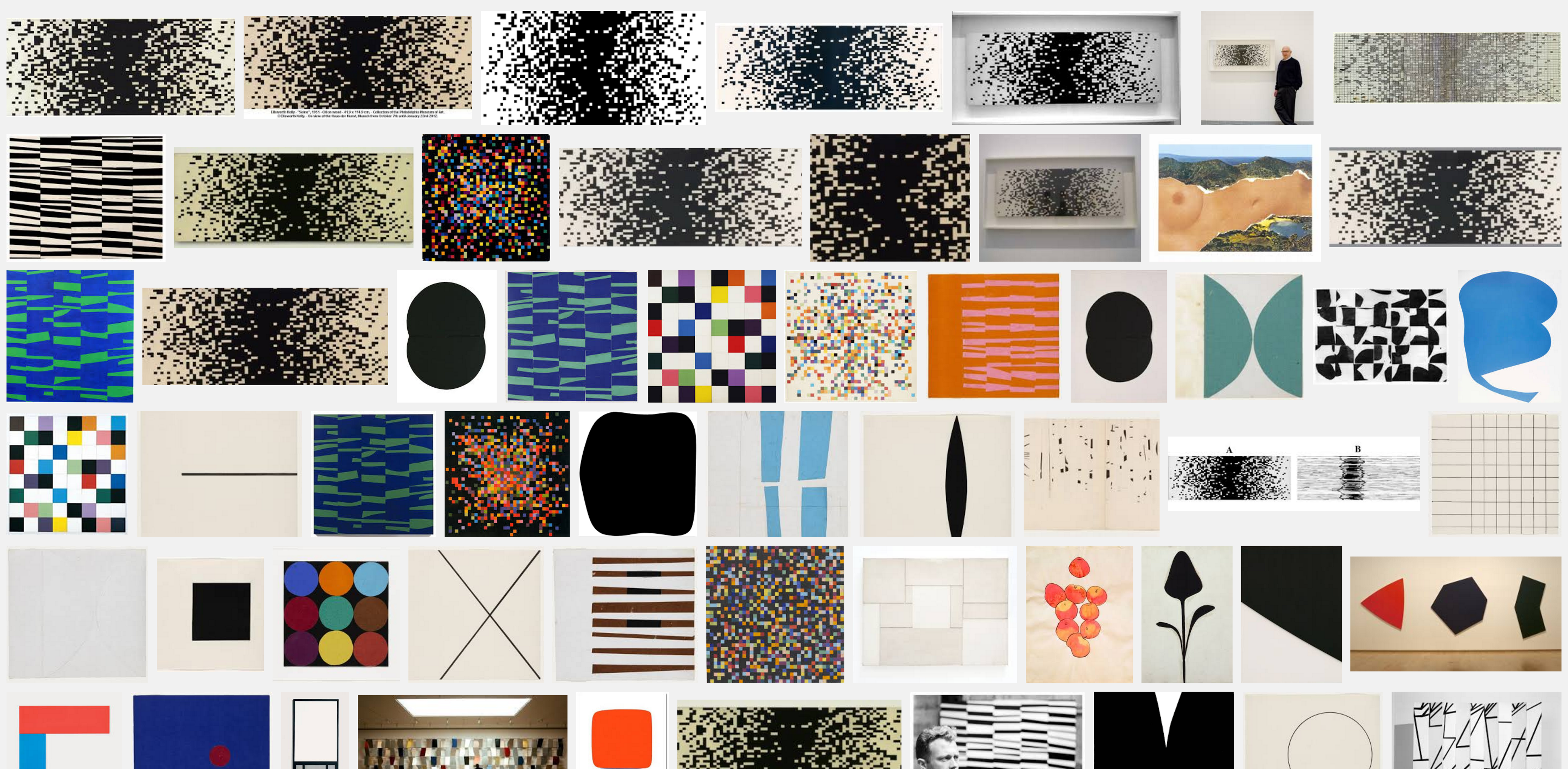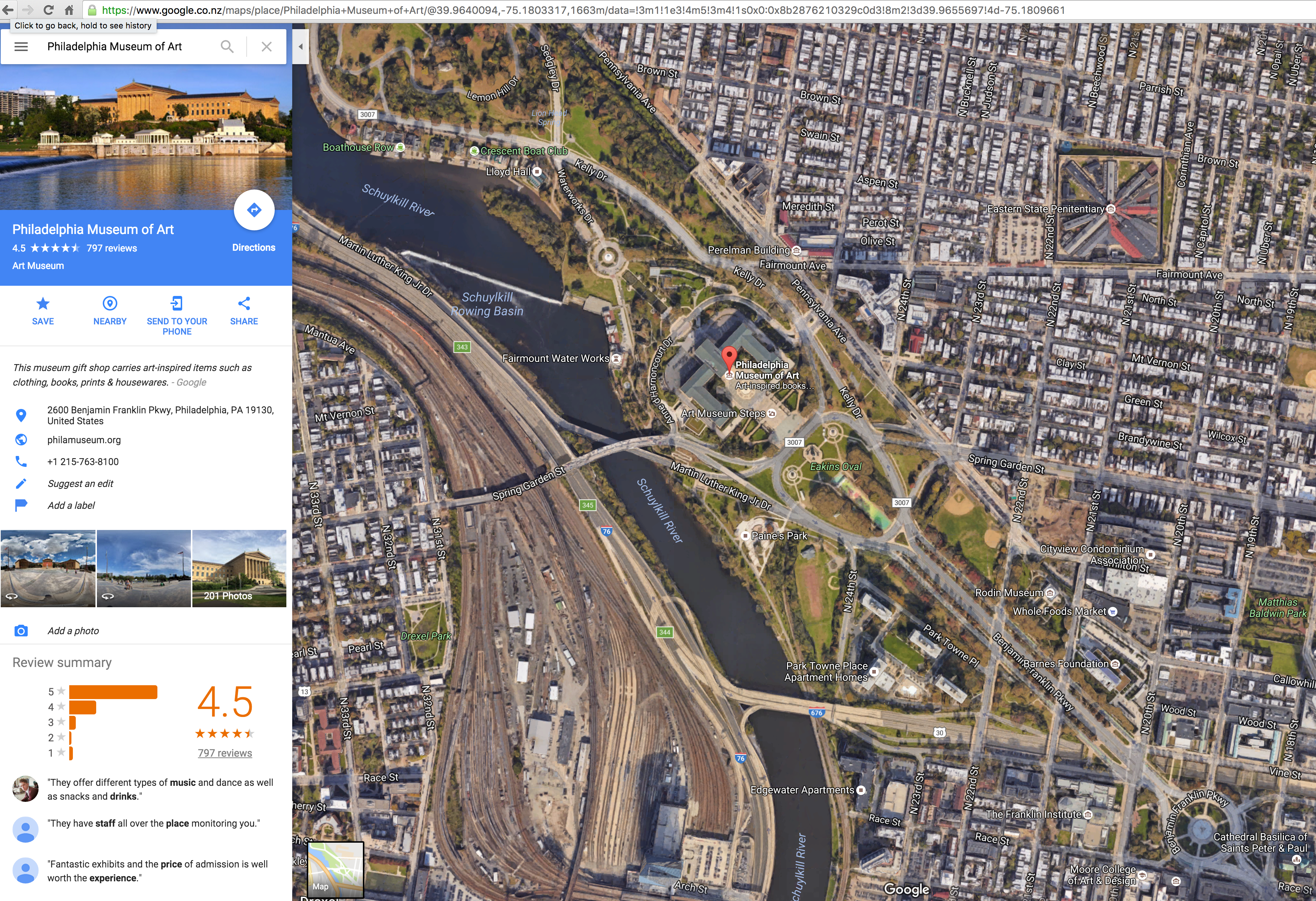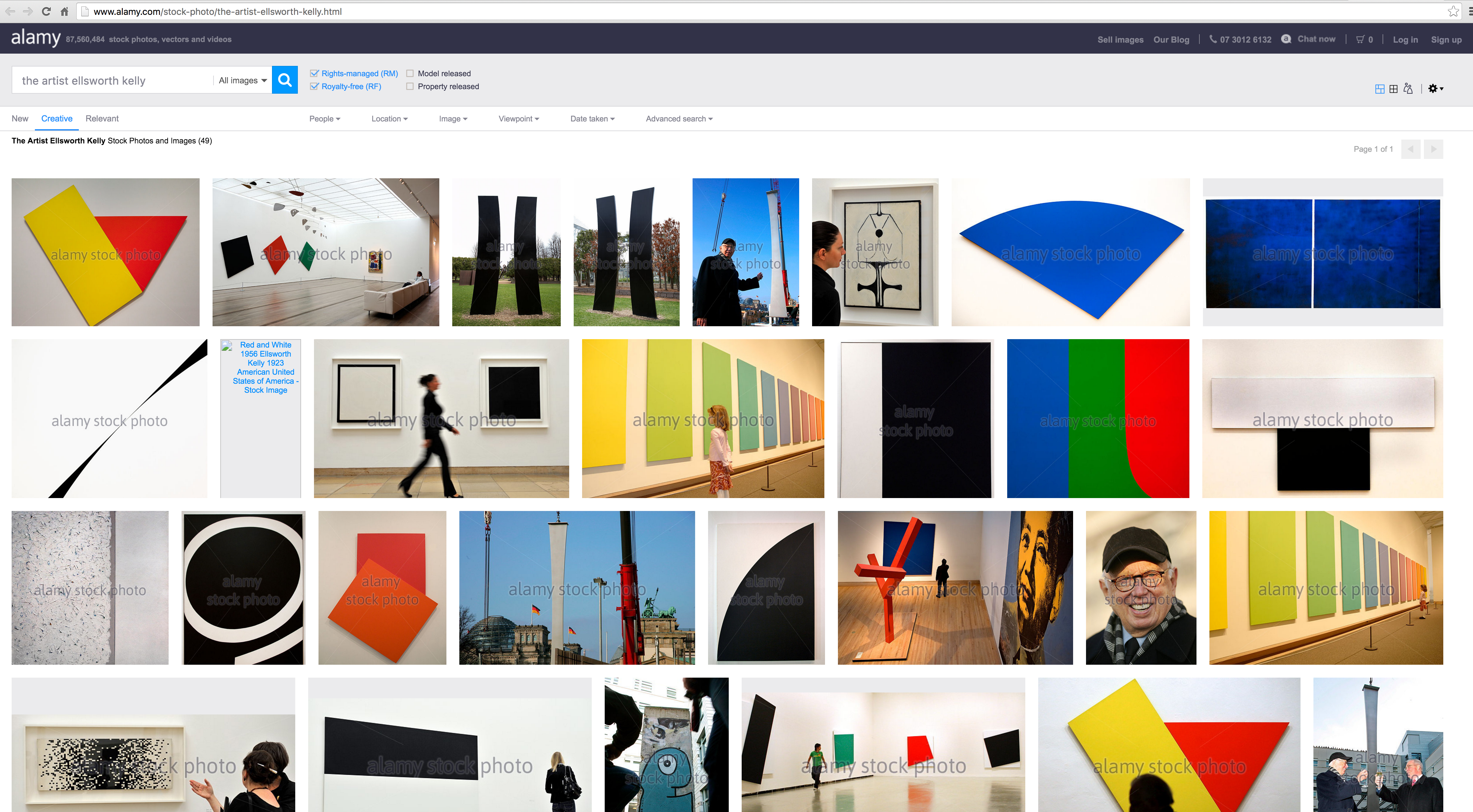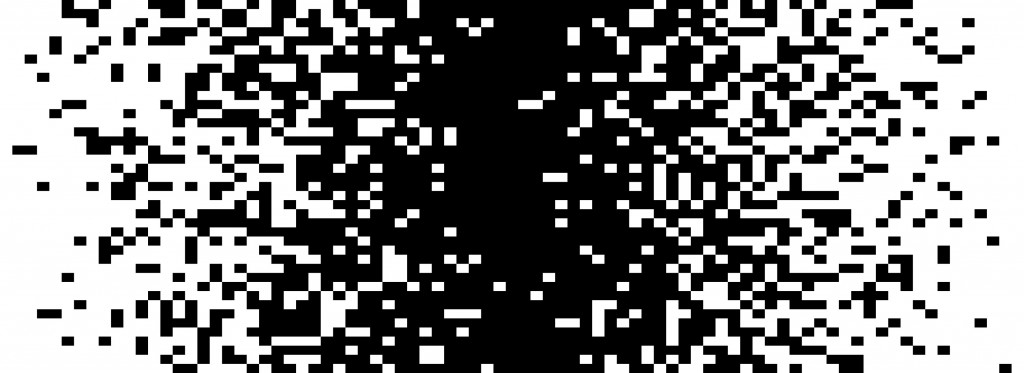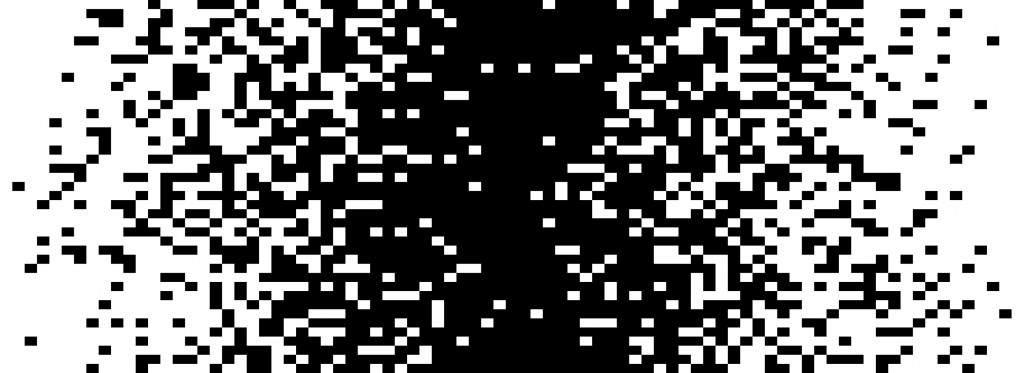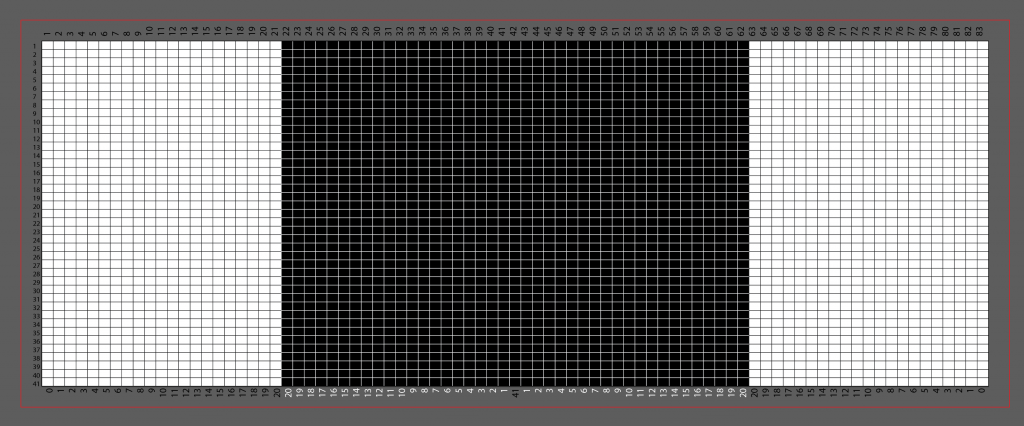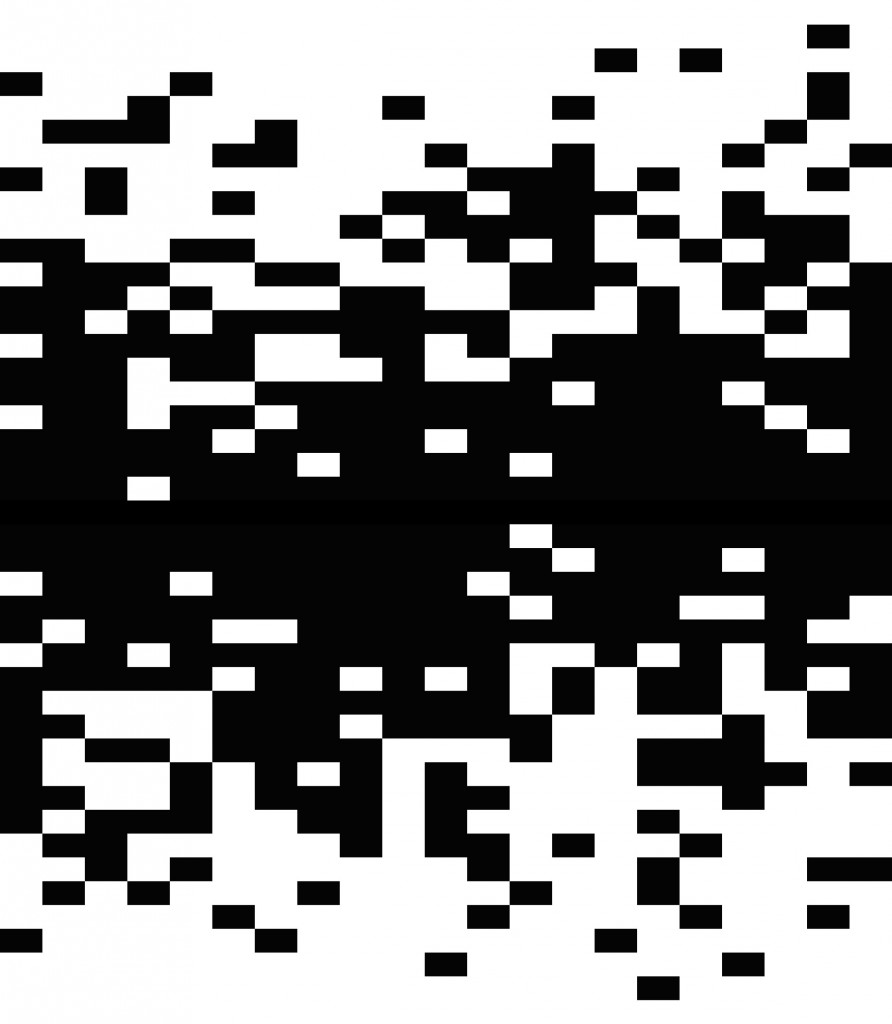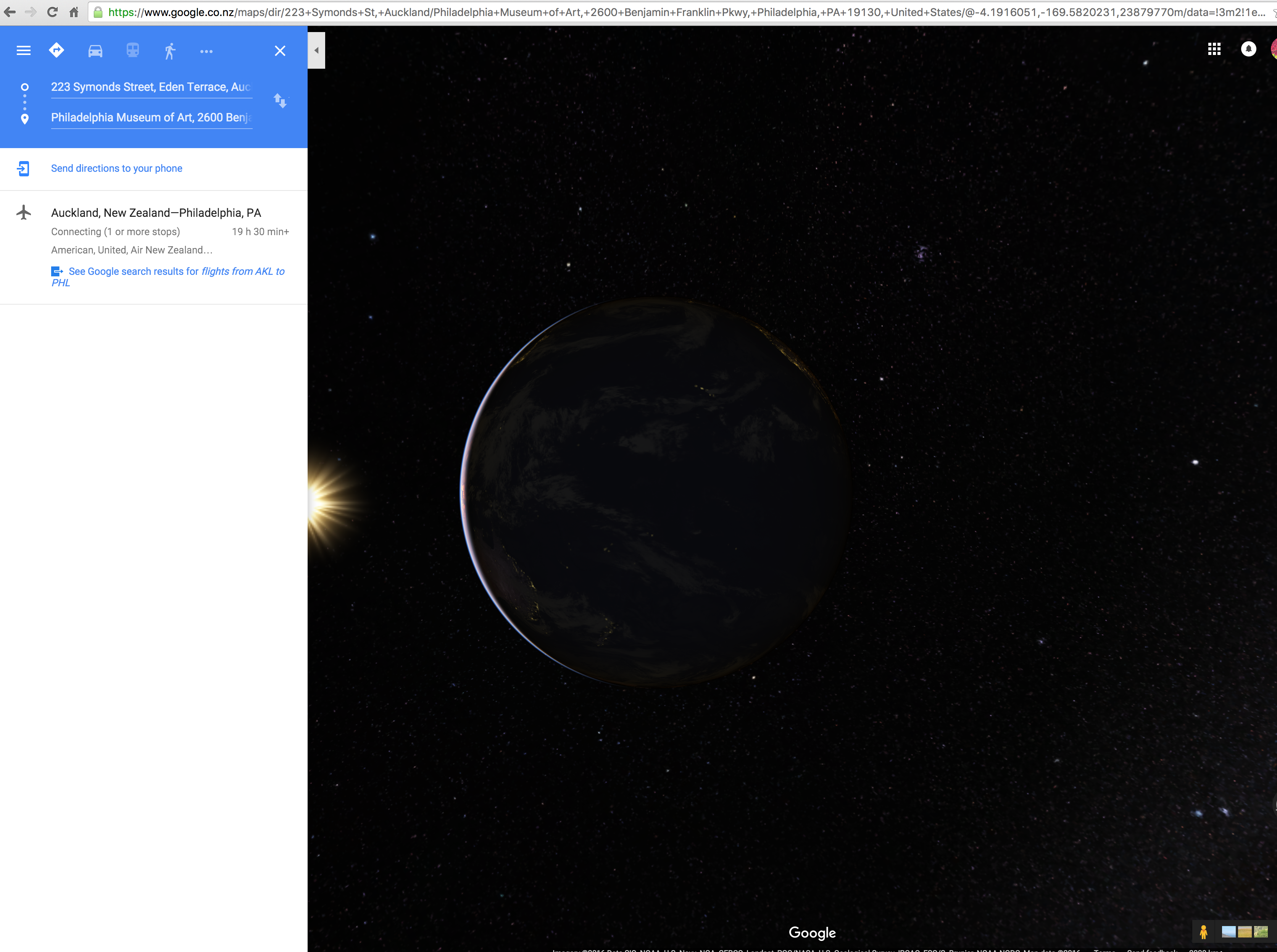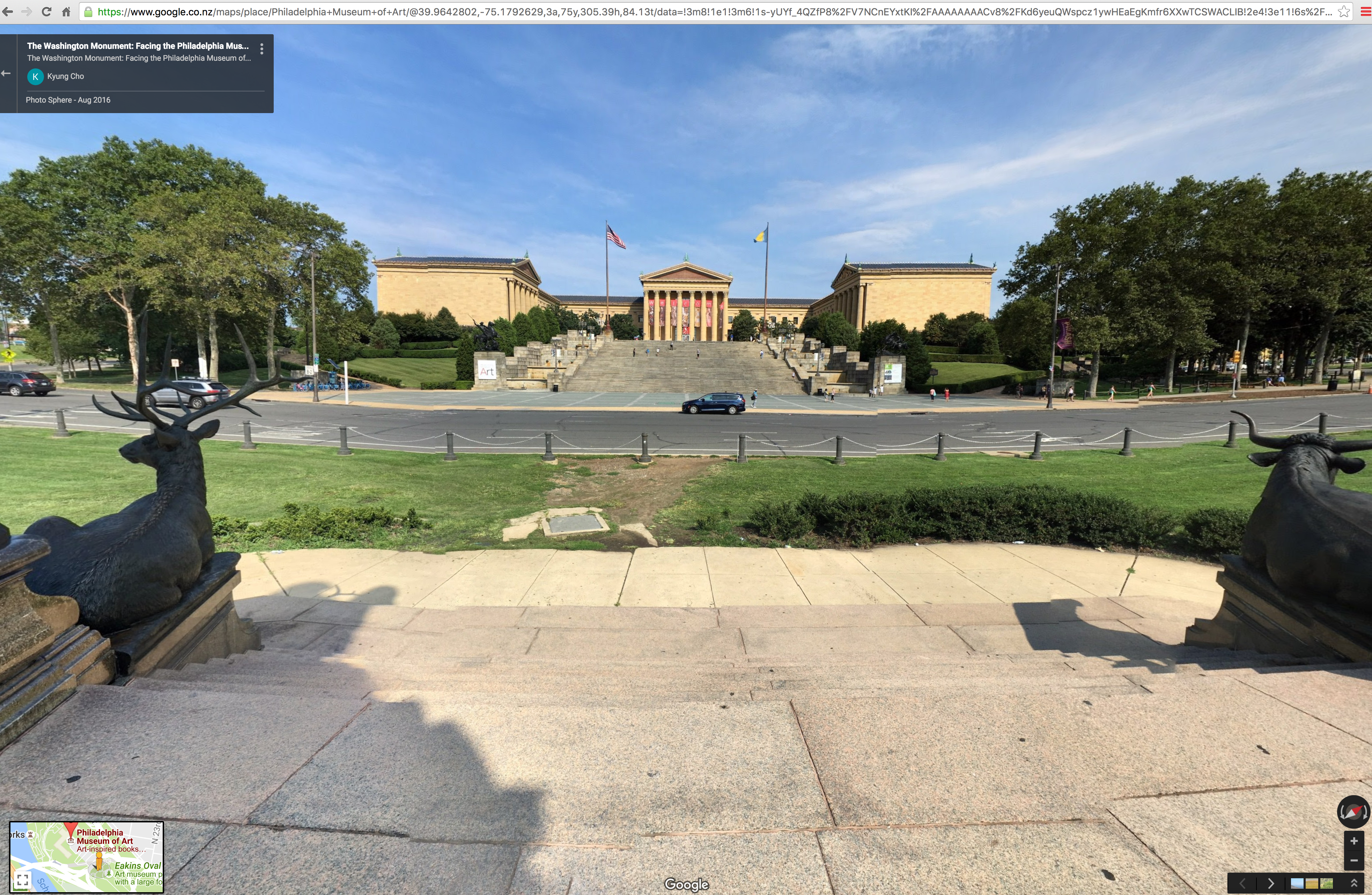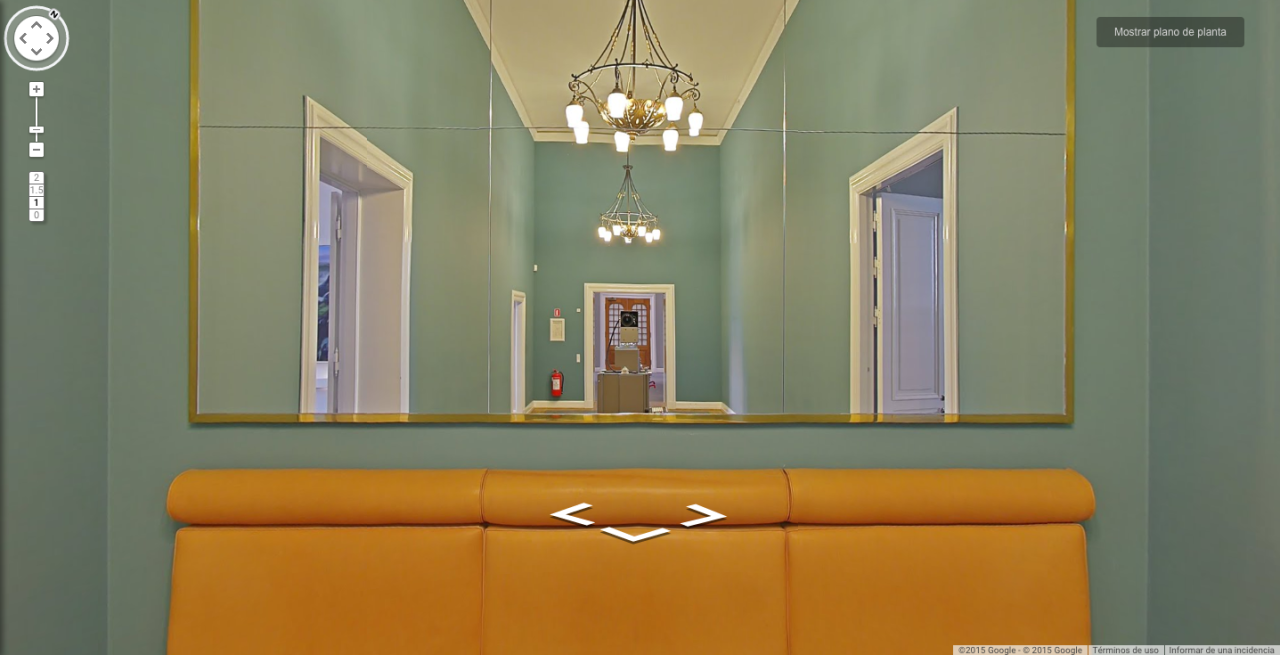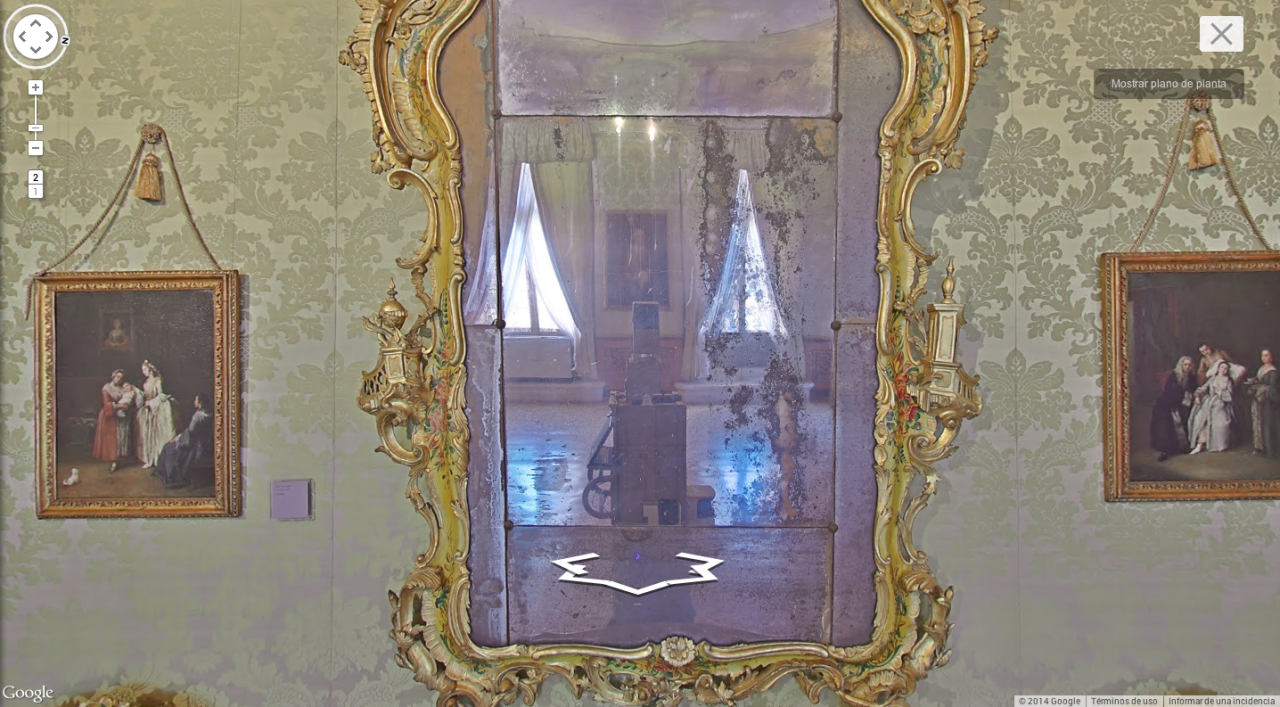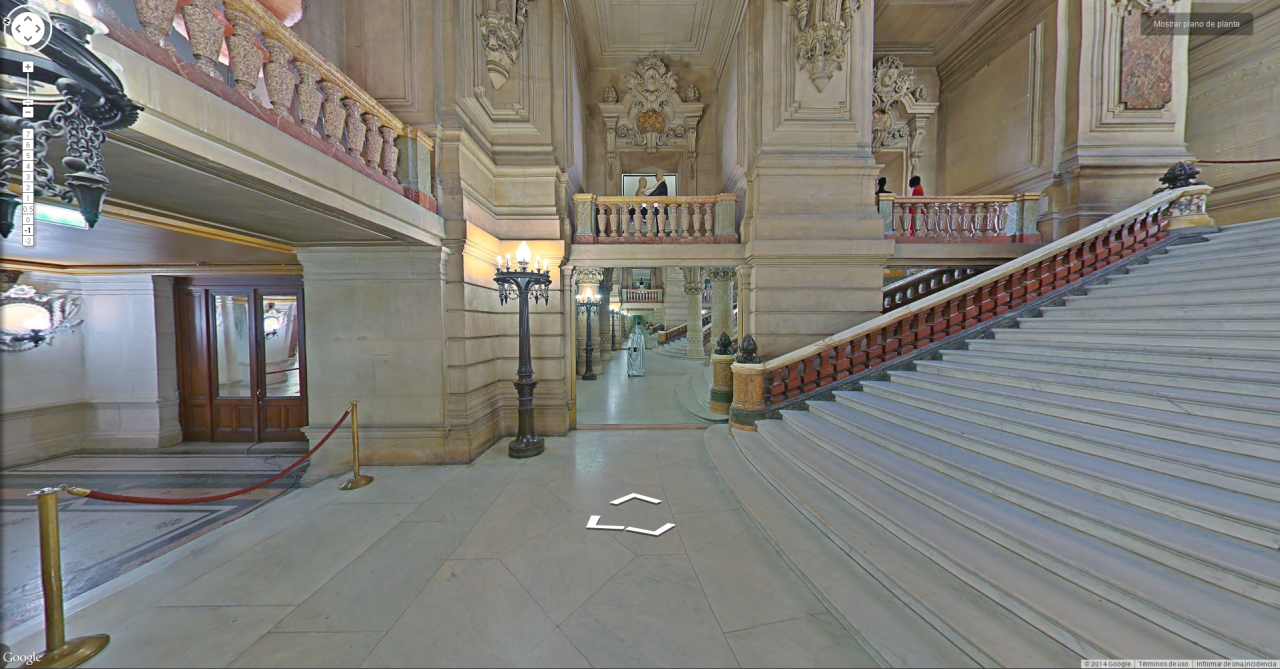Hazel Ellis
Space, scale, time, and visibility, on screens and the internet.
Seine, 1951:
Google image search for “ellsworth kelly seine 1951”. Screen shot 15/09/2016 at 4.01.28 PM
Seine is part of the permanent collection at the Philadelphia Museum of Art.
The Philadelphia Museum of Art‘s online catalogue entry:
Seine
Ellsworth Kelly, American, 1923 – 2015
Made in Paris, France, Europe
Date:
1951Medium:
Oil on woodDimensions:
16 1/2 × 45 1/4 inches (41.9 × 114.9 cm)Copyright:
© Ellsworth Kelly, courtesy Matthew Marks GalleryCuratorial Department:
Contemporary Art
* Gallery 175, Modern and Contemporary Art, first floor
Accession Number:
2008-228-1Credit Line:
Purchased with funds contributed in memory of Anne d’Harnoncourt and other Museum Funds, 2008
Kelly’s encounter with Jean (Hans) Arp’s collages “arranged according to laws of chance” in February 1950 will have a profound impact on the work of the young artist. At that time, chance begins to play an increasingly larger role in Kelly’s art, and Seine is an early and accomplished example. In creating the painting—a representation of light flickering on the wavering surface of the Seine River translated into a geometric pattern—the artist incorporated chance into the process, pulling numbers from a box and darkening the corresponding blocks of a modular grid.
 Philadelphia Museum of Art Handbook (2014 Edition)
Philadelphia Museum of Art Handbook (2014 Edition)
In 1948, following his military service in World War II, twenty-five-year-old Ellsworth Kelly moved to Paris, where he lived for six years before moving to New York in 1954. Kelly made significant changes in his artistic production during this formative period, when he met a number of artists and progressively came into the singular and groundbreaking form of intensely felt abstraction for which he is widely known and celebrated. While in Paris, he abandoned figuration and easel painting, made his first shaped-wood cutout canvases, and embraced white monochrome and then primary colors. It was there that in February 1950 Kelly encountered Jean (Hans) Arp’s collages, arranged according to chance, which had a profound impact on the work of the young artist. Chance began to play an increasingly larger role in Kelly’s art, withSeine an early and accomplished example. In creating the painting—a representation of light flickering on the wavering surface of the Seine, translated into a geometric pattern—the artist incorporated chance into the process, pulling numbers from a box and darkening the corresponding blocks of a modular grid. Carlos Basualdo, from Philadelphia Museum of Art: Handbook. Philadelphia: Philadelphia Museum of Art, 2014, p. 346.
Seine, Some Geography:
The Philadelphia Museum of Art. Seine, as previously stated, is currently part of the permanent collection.
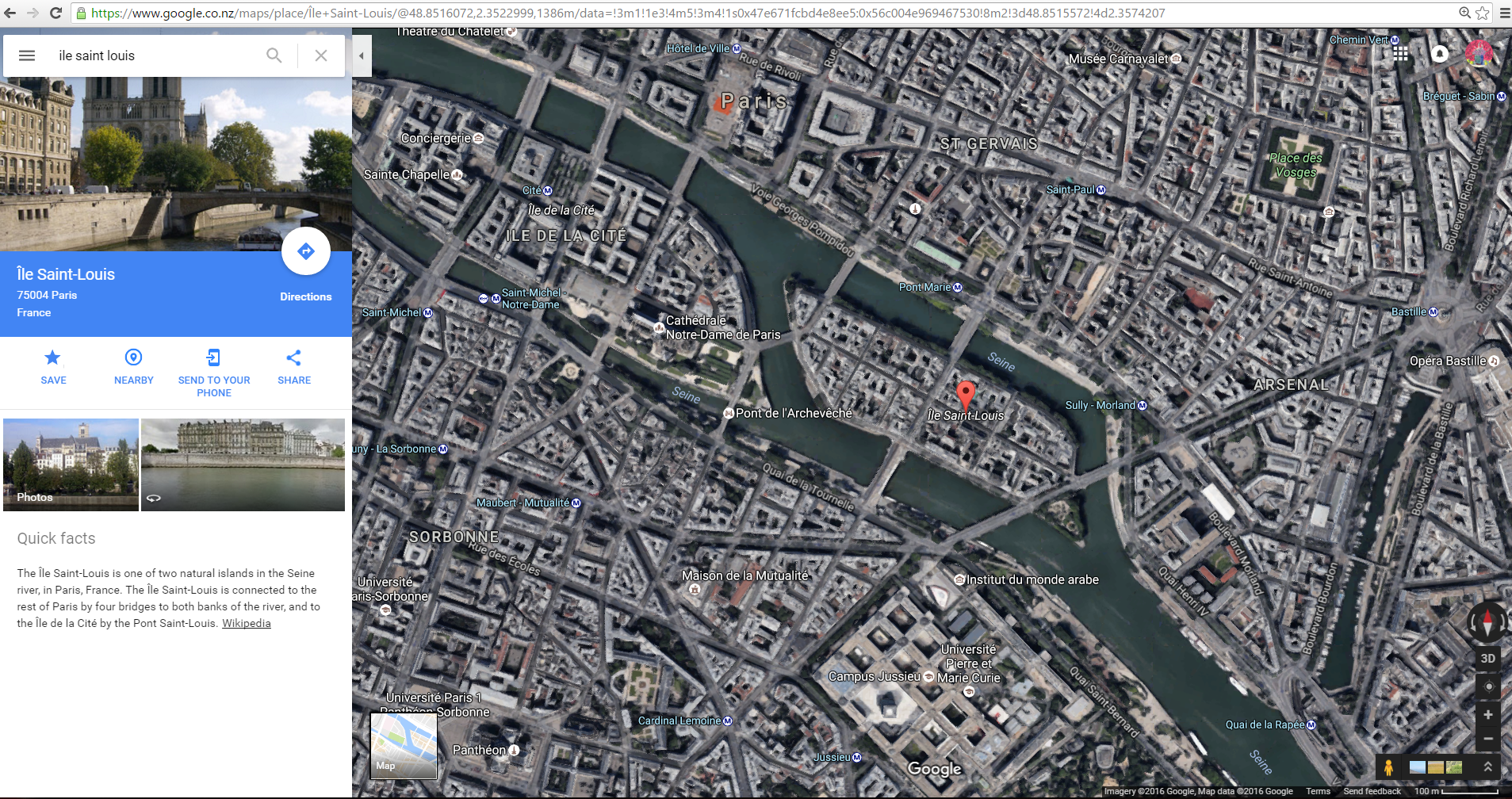
Île Saint-Louis, Paris, France. Where Kelly was living when he conceived of, and executed Seine.
Seine, it’s a River:
“—a representation of light flickering on the wavering surface of the Seine River translated into a geometric pattern” [The Philadelphia Museum of Art label]
“by transferring an object or a scene from the real world into only its most basic outlines, he could evade the influence of Picasso and paint only for himself. He compounded that breakthrough in one of his greatest paintings, Seine, completed in 1951 and now in the collection of the Philadelphia Museum of Art. “I lived on the Île Saint-Louis. Every night, walking home, I would walk down the outside quay and see the lights from the bridges on the water. I would just stand there and look at those reflections, and I thought: I want to do something that looks like this. But I don’t want to do a Pointillist painting. I said, I want to do something that flickers.” [The Guardian]
“Observing how light dispersed on the surface of water, he painted Seine (1950), made of black and white rectangles arranged by chance.” [Wikipedia]
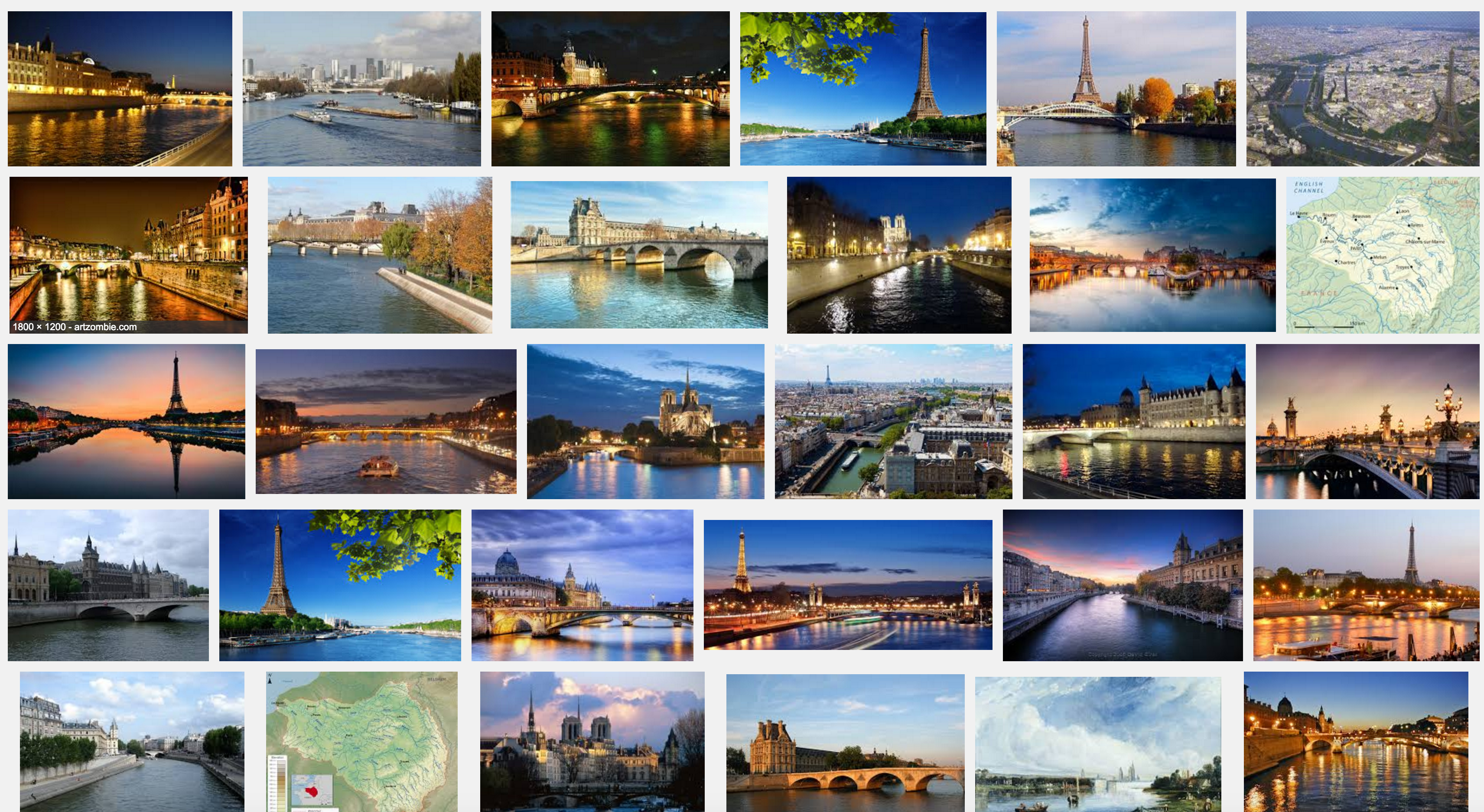 Google image search for “seine”. Screen shot 16/09/2016 at 4.14.29 PM.
Google image search for “seine”. Screen shot 16/09/2016 at 4.14.29 PM.
Copyright and Stock Images:
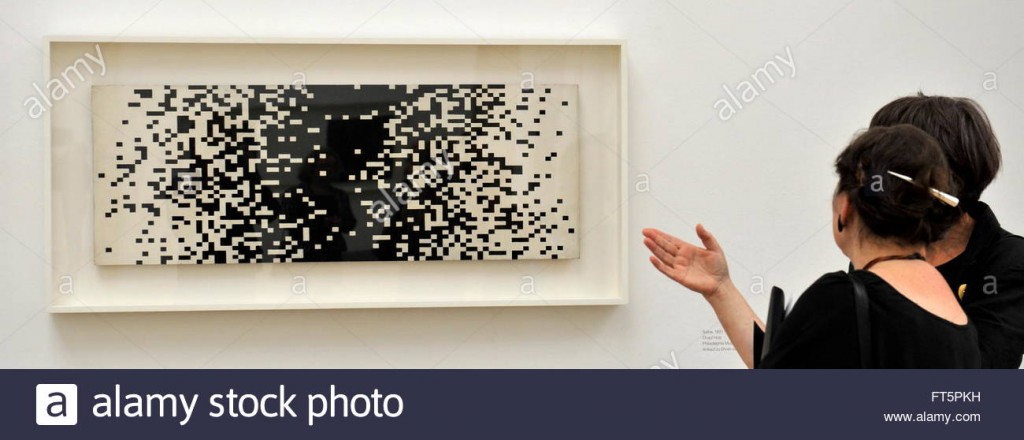
“Two women observe the work ‘Seine’ of the artist Ellsworth Kelly during a press conference at the House der Kunst (House of Arts) in Munich, Germany, 06 October 2011. Kelly is considered to be one of the most important contemporary US artists and two large exhibitions are therefore devoted to his work in Munich from 07 October 2010 onwards. EPA/FRANK LEONHARDT” [source]
Seine, a Study:
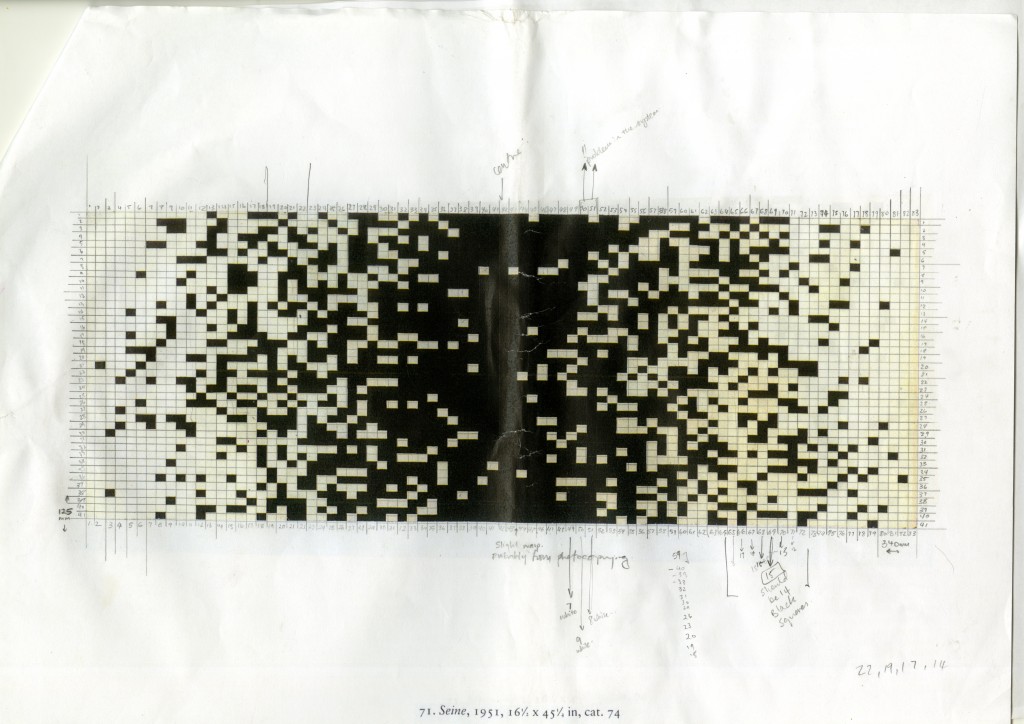
Image scanned from: Ellsworth Kelly, Yve-Alain Bois, and Eric Banks. Ellsworth Kelly : Catalogue Raisonné of Paintings, Reliefs, and Sculpture. 2015.
Seine is constructed with a simple system of organised chance. There are 41 rows, and 83 columns in a grid that is 16.25 x 45.5 inches or 412.75 x 1155.7 mm.
The first left hand column is blank, then one random number between 1-41 is generated, the square filled in. Then two squares, then 3, and on… until all squares are black (the middle column #42), this process is then reversed, until all the squares are white at the right hand side of the work.
“The idea of using chance in the production of an artwork was not new, of course (it dates back to the early years of the Dada movement), and it had been enthusiastically explored by Kelly for more than a year. What was absolutely new was the combination of system and chance as a structuring principle. The study of stochastic processes was still in its infancy and the science of cybernetics, which would have practical consequences in the world at large, was only beginning to be theorized. In other words, notions such as “systematic randomness” or “random system,” which have become staples of our computerized universe, could not have been considered at that time [1951] anything other than quirky oxymorons.”
Yves Alain Bois. Page 256. Ellsworth Kelly, Yve-Alain Bois, and Eric Banks. Ellsworth Kelly : Catalogue Raisonné of Paintings, Reliefs, and Sculpture. 2015.
Recreating Seine in Adobe Illustrator:

Recreating Seine in Adobe Illustrator.
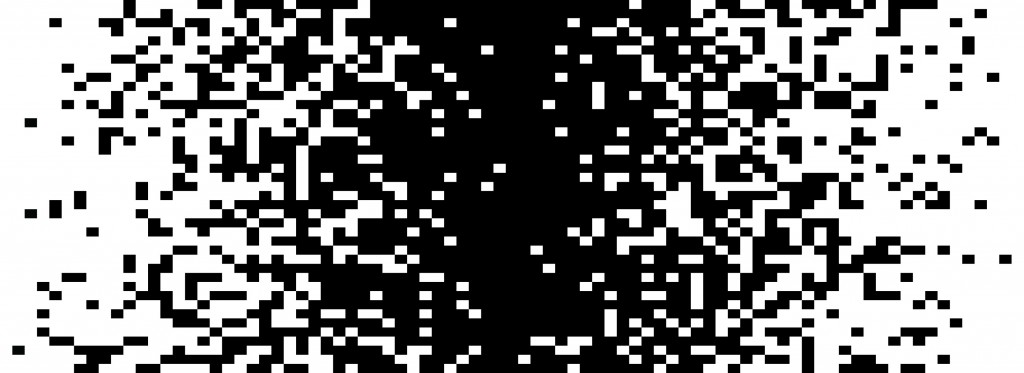
A new composition, created using the same system as Seine, 1951. Kelly pulled numbers 1-41 out of a box. A random number generator app was used here.
Download the template file here: seine-grid-template
The middle section of the template is black, this makes pattern integration easier & more time effective.
The numbers along the bottom indicate how many black or white squares are needed in each row. E.g., row 21 requires the addition of 20 black squares, and row 22 requires the addition of 20 white squares. The number of black squares still increases consecutively, but this modification means that 20 is the maximum requirement of random numbers to be generated, rather than 40.
“Shift+x” in Adobe Illustrator switches a square from white black, or black to white – as long as your “Default Fill & Stroke” colours are set to black and white like this:
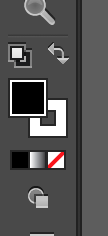
A Different Grid:
Ellsworth Kelly’s system for Seine can also be utilised with varying grid sizes, however the number of columns must always be twice the number of rows +1.
For example, 12 rows: 12+12+1=25
or 98 rows: 98+98+1=197
Seine, 2016.
Some More Geography:
The Philadelphia Museum of Art in Pennsylvania, United States.
Google directions: Screen shot 14/09/2016 at 9.44.32 pm.
However you cannot virtually explore inside this gallery. Not this one, not yet.
Google Museum View:
FOUNDED IN 2011, THE GOOGLE CULTURAL INSTITUTE IS A NOT-FOR-PROFIT INITIATIVE THAT PARTNERS WITH CULTURAL ORGANIZATIONS TO BRING THE WORLD’S CULTURAL HERITAGE ONLINE. WE BUILD FREE TOOLS AND TECHNOLOGIES FOR THE CULTURAL SECTOR TO SHOWCASE AND SHARE THEIR GEMS, MAKING THEM MORE WIDELY ACCESSIBLE TO A GLOBAL AUDIENCE. [source]
“Specially- designed Street View tools create seamless, 360° virtual tours for our partners, with floor plans and information about the location. Visitors can also jump from a gallery’s interior into a high resolution artwork image with additional details.” [source]
At this point in time Google offers 2,049 different virtual tours with Street View technology.
The first listing is the Polish Museum in Rapperswil – https://www.google.com/culturalinstitute/beta/streetview/the-polish-room/PwGygRxyO0cfkA
However the technology is still pretty glitchy and is inherently archival in nature. The images cannot be up-to-date. This is called surveillance.
“A part of Google’s Cultural Institute, Art Project has also used Street View technology to “cover” 60 different museums. And in the process, Google’s robots have started taking selfies.” [source]
Robots Taking Photos of Themselves in Museums:
Sourced from an entire blog dedicated to the Camera in the Mirror.
The robots in the pictures are remotely (or manually) controlled 360° cameras.
Black and White Squares as Portals:

A QR code. Generate your own here.
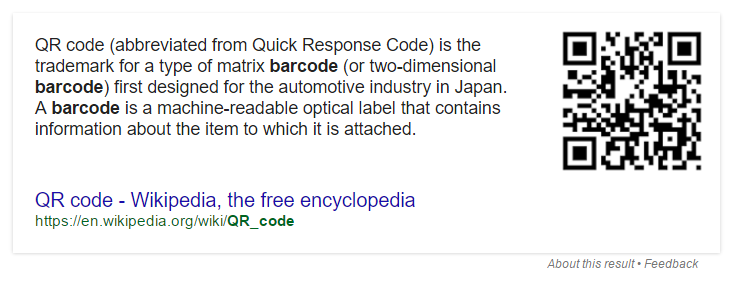
“They were meant to be the bridge between offline and online marketing. But a bridge is only worth having if people use it to cross over.” [source]
How to “Rick Roll Online Maps”:
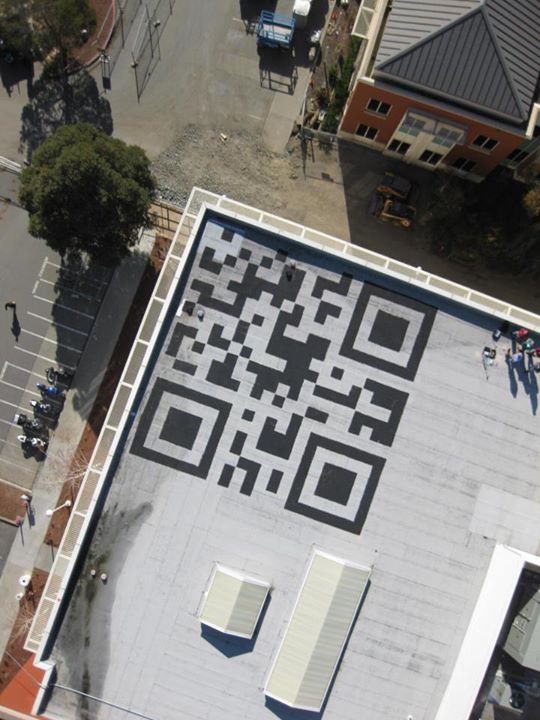
In 2012, when Facebook was moving into their new head office in California, Mark Zuckerberg initiated a “space hackathon” for the new buildings.
Some Facebook employees decided to paint a QR code on the roof to “RickRoll online maps.”
“We had a QR code that was scannable from space, or at least from a plane.” [source]
“So the next time you zoom in on Facebook from a satellite map or find yourself flying into SFO, take a close look at our roof. In the meantime, age for updates. We can’t promise you wont be Rick Rolled, but we can promise something cool.”
https://www.facebook.com/notes/facebook-engineering/a-hack-of-epic-proportions-building-a-qr-code-on-the-roof/10150630641218920/
The QR code is now covered up by what is presumably solar energy panels.
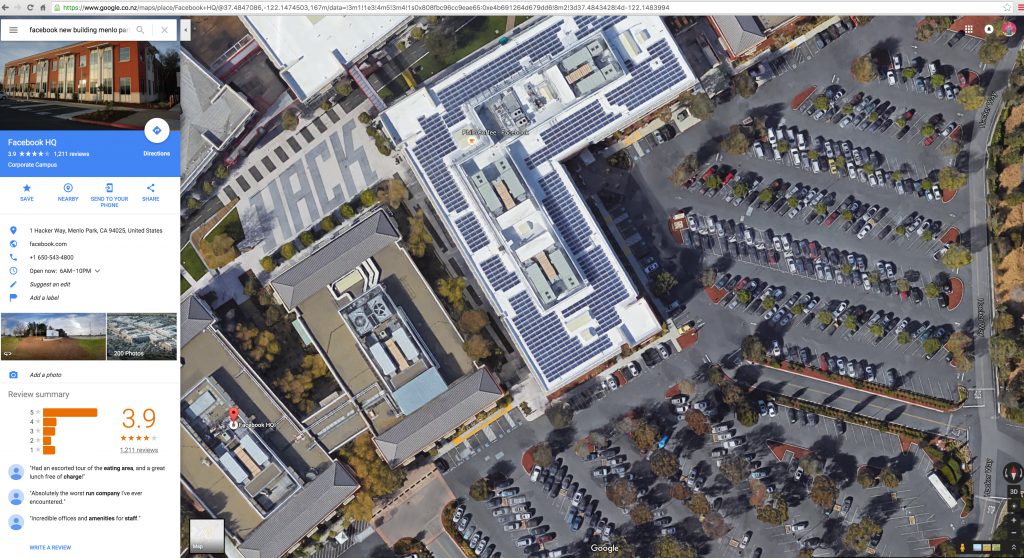
Screen shot 12/09/2016 at 3.11.32 PM. View it yourself here.
